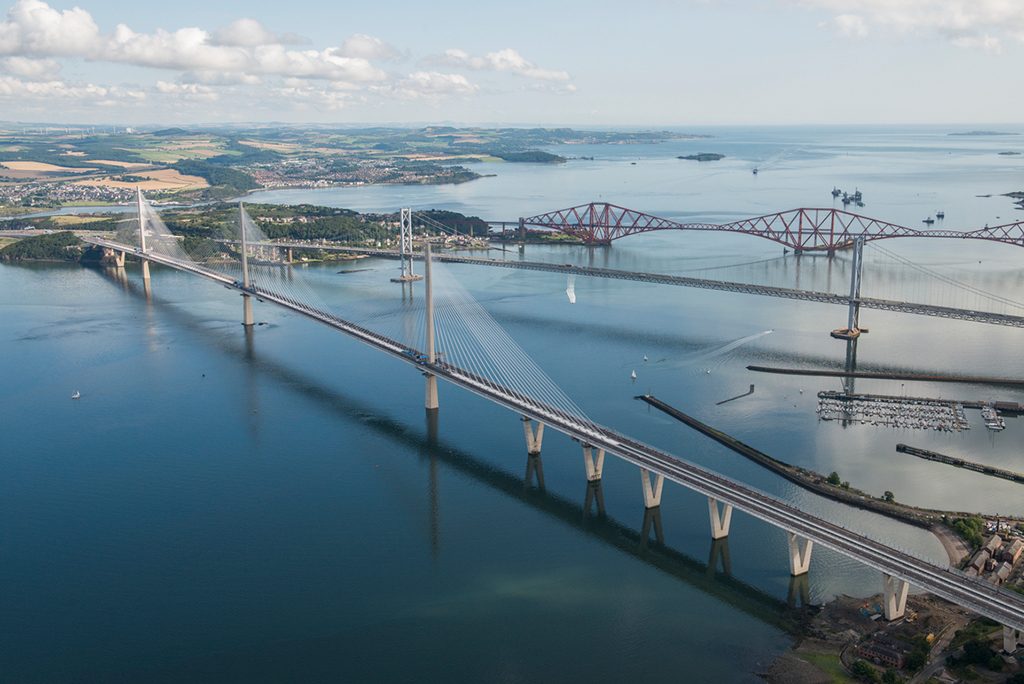People talk about the benefits of getting a ‘bird’s eye’ view on things – and that’s what I’ve been lucky enough to do for much of my working life.
My bird’s eye view has taken me across Scotland in a small aircraft photographing archaeological monuments, buildings and landscapes from the air.
These are more than pretty pictures, though. They were taken to help us record and understand Scotland’s ancient monuments and buildings.
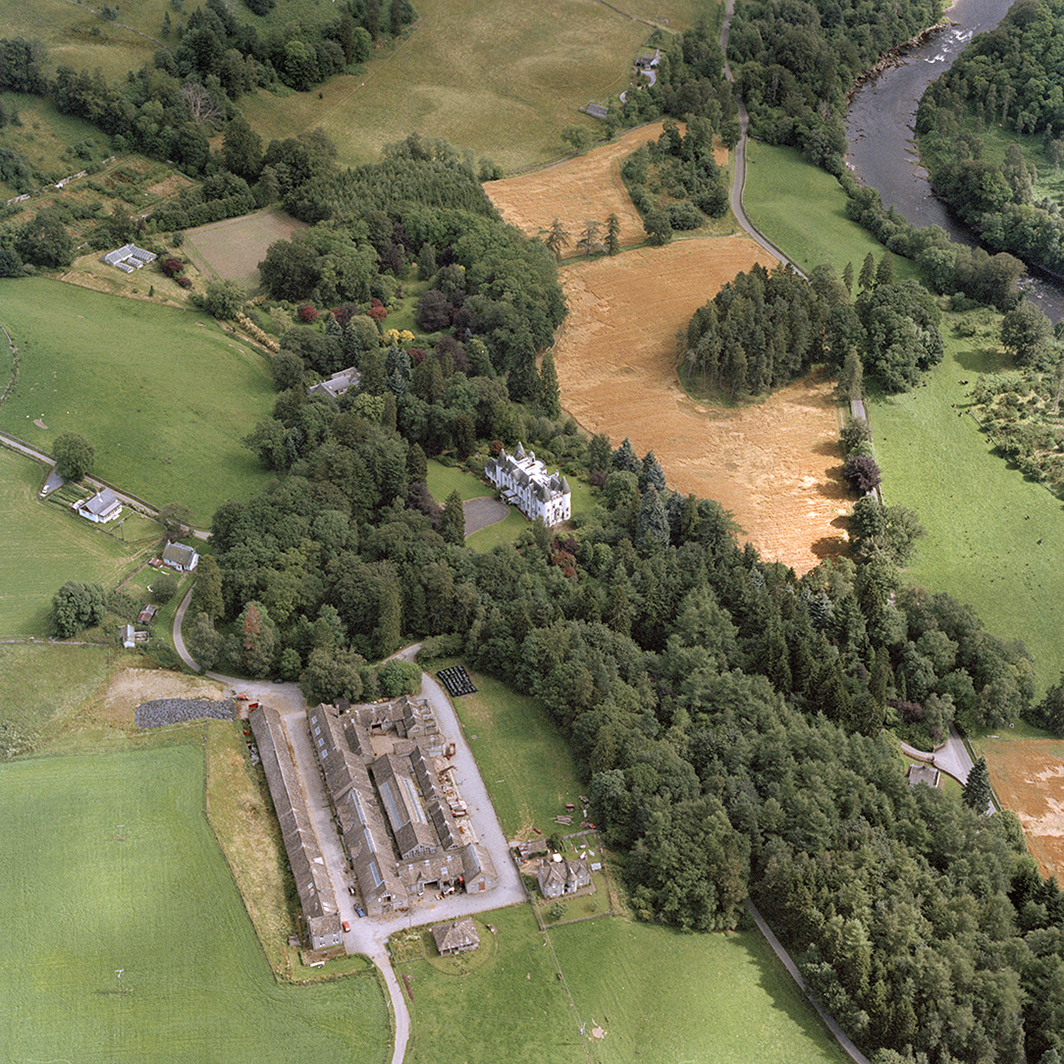
Derculich House, Perthshire, taken in 1987
The pictures are stored in our HES archives, and made available to you through our online database, Canmore.
We use aerial survey for all sort of reasons. It can help us find previously unknown ancient monuments, like forts that can only been seen from the air as different crop colours, or inter-tidal fish traps visible through crystal clear waters.
We also record change in our towns and cities and the rural landscape beyond. And we take photographs to help manage, explain and understand ancient monuments.
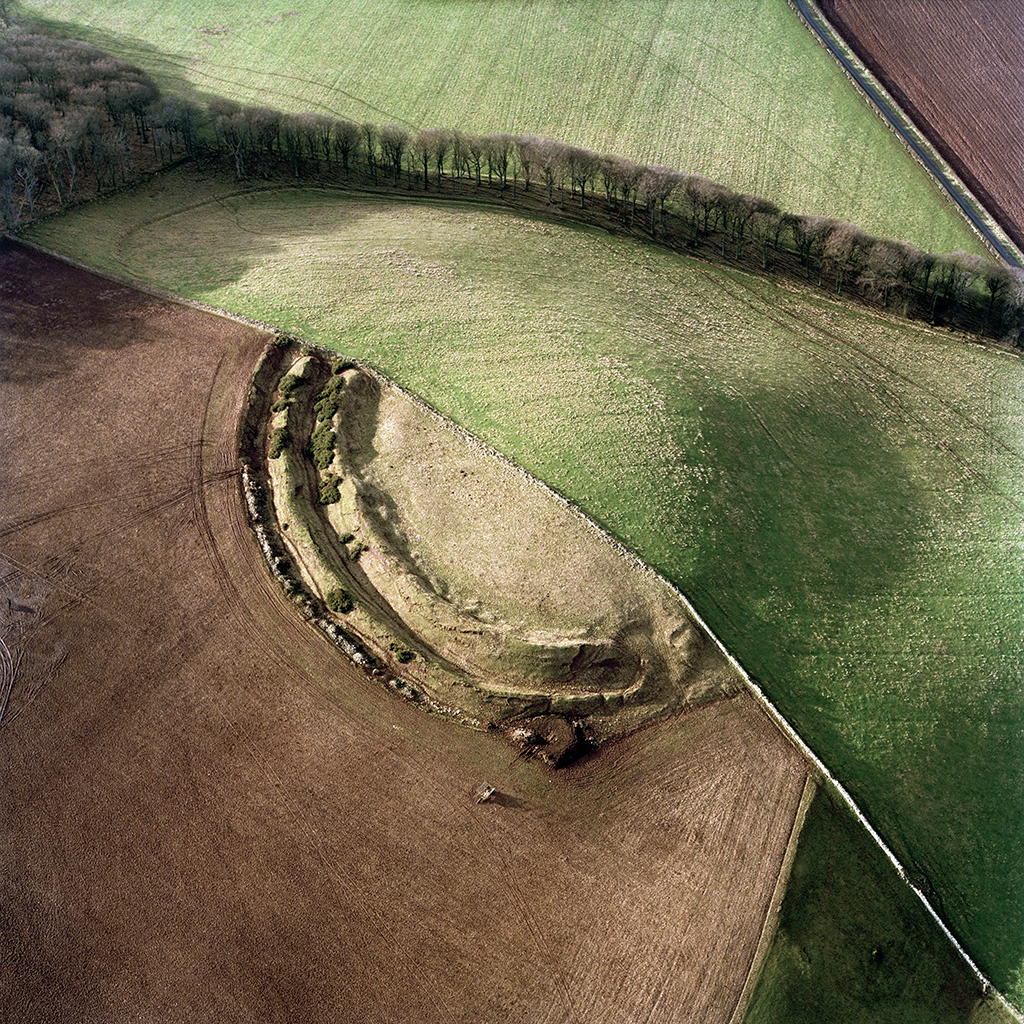
Habchester Fort, Berwickshire, 2001
I never get bored of the totally different perspective you get from the air. Across time I’ve seen how urban areas change, with projects like the Queensferry Crossing, the building of The Scottish Parliament, or the changing skylines of Dundee and Glasgow.
And beyond city limits, from the sky you see how the landscape changes. Lowlands give way to hills and mountains, and the rugged splendour of our coastline.
Another day in the office!
I don’t spend all my time in the air, but when I do ‘the office’ is a Cessna 172. This is a small four seater aircraft with a high wing and an opening window.
Working with our pilot, there is a lot to be done: navigating, spotting targets and, once in position, turning the catch to release the window. To say it can be windy in the cockpit is an understatement, and it can be very cold.
But, pitched over in a left-hand orbit photographing the subject at hand is all absorbing, until you have the pictures and you close the window. And you head off for the next target, dealing with changing weather and perhaps some turbulence, and squeezing as much as you can out of the up to four hour flights.
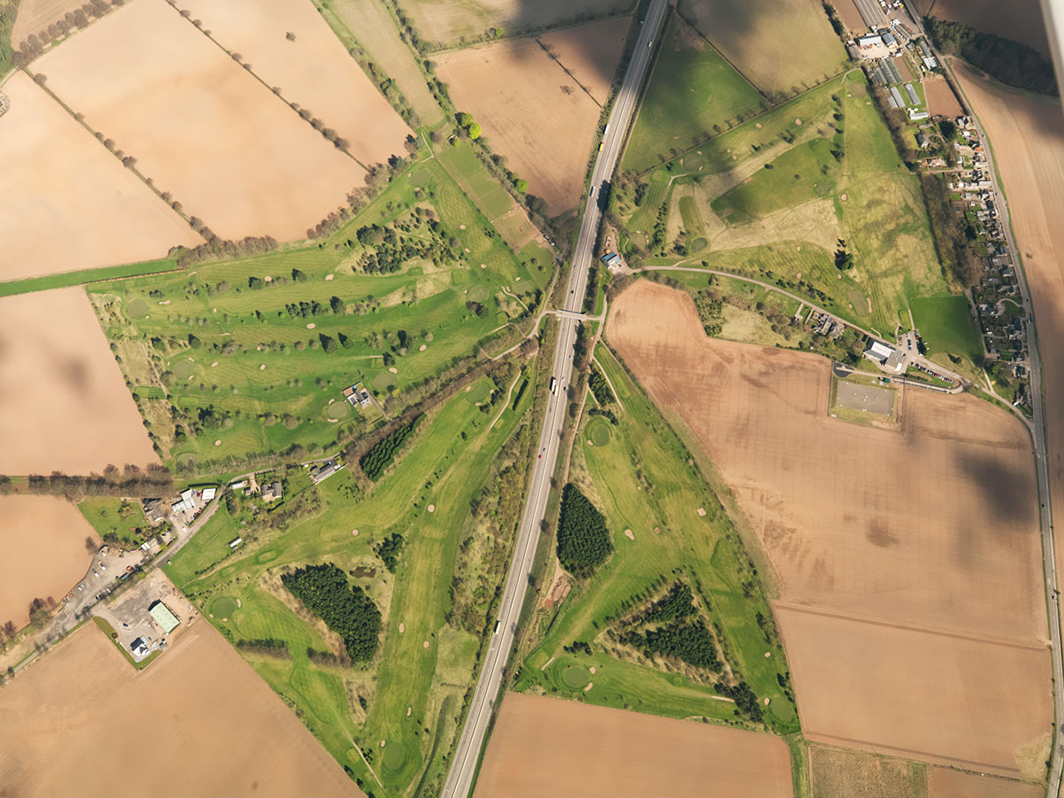
Brechin Golf Course, Angus, 2011
Then it’s back to the ‘other’ office – the one with four walls and my desk. That’s where I get on processing images and putting them into our database, ready for anyone, anywhere, to find them through Canmore.
Changes
Over 25 years I must have clocked up a couple of thousand hours in the sky!
As I’ve seen the changing face of Scotland, the way we work has changed too. When I started out it I used a bulky Hasselblad camera with black and white film. Colour was expensive and used only occasionally. You always seemed to be changing film, and you ended up with boxes and boxes of the stuff.
It’s changed days with digital! A single memory card can hold hundreds of very high resolution pictures.
As a professional photographer I still think back to working with film – there was something about it – but would I turn back the clock? No way. The digital images are great, with lots of detail, and our cameras are reliable and quick making the job much easier.
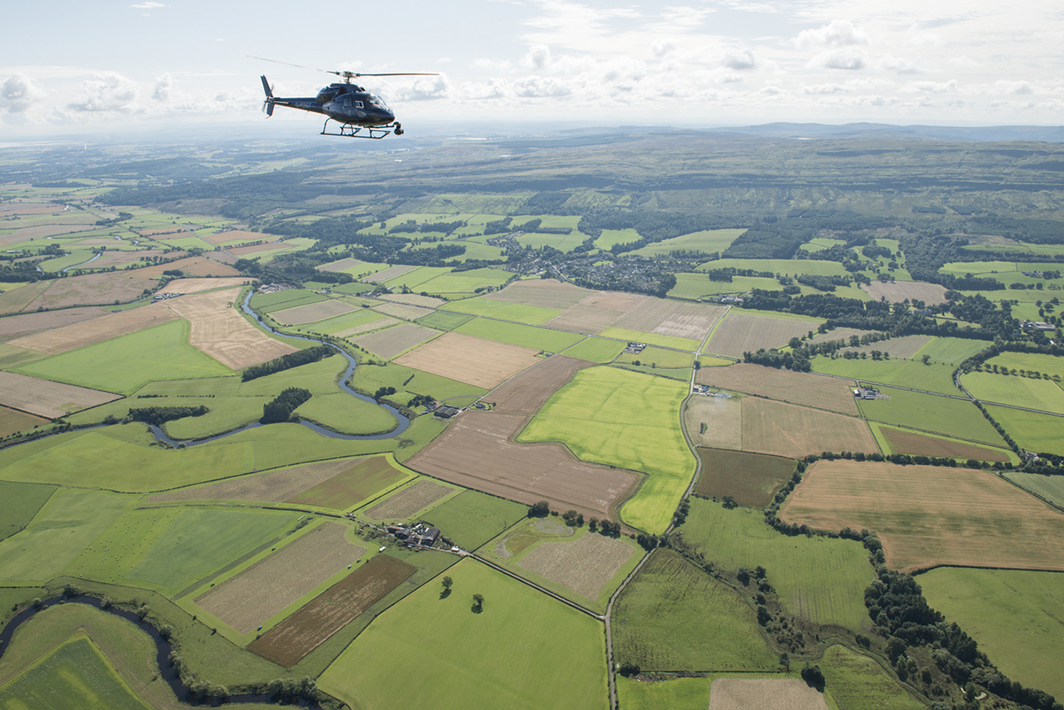
BBC crew filming Robert for Scotland From the Sky
Favourites
It’s very hard to pick out a favourite photo from each of my last 25 years in the air – so I’ve made a gallery of highlights.
If pushed, I think it would have to be Woden Law in the Borders. I took this picture at the end of a winter flight many years ago.
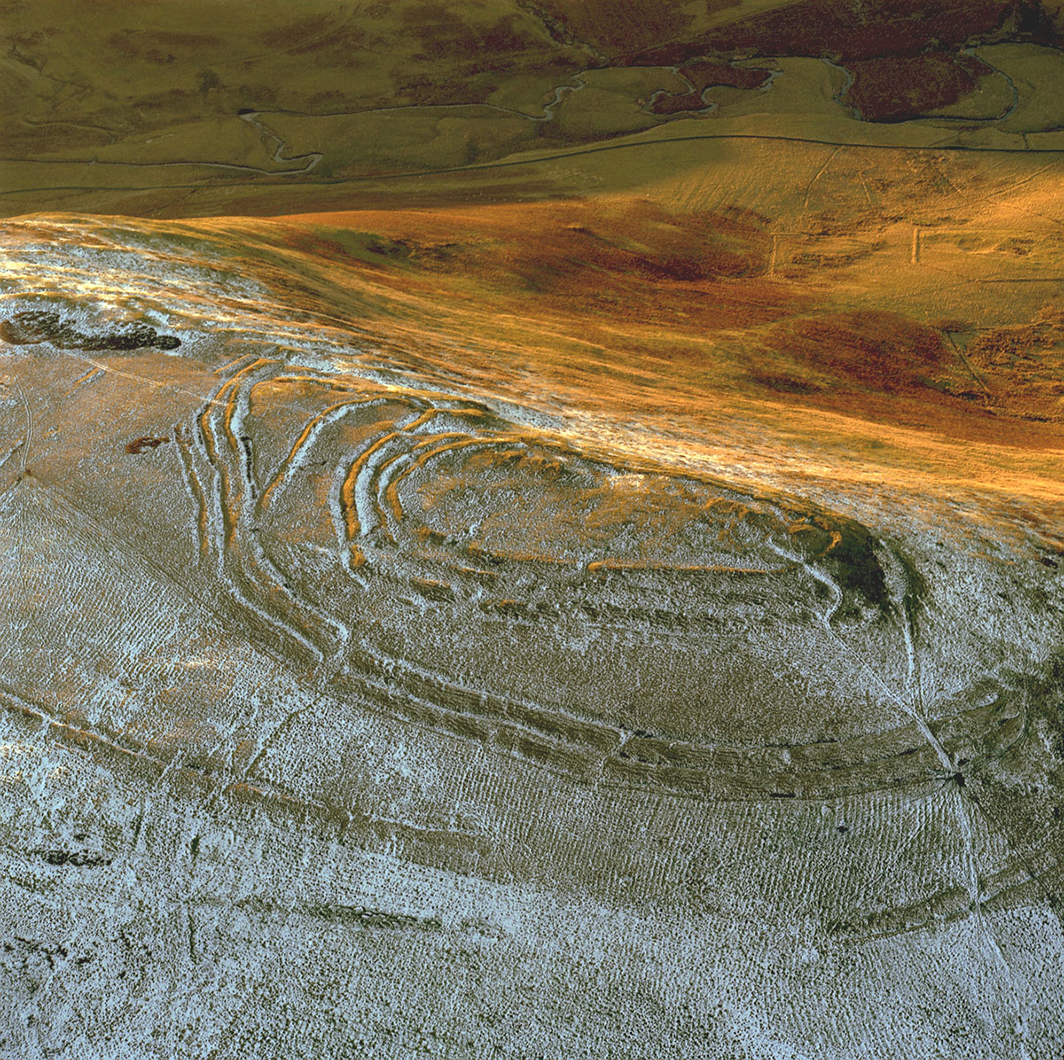
Woden Law, Roxburghshire, 2000
One of the reasons I find this so hard is the whole process of taking photographs of Scotland is a privilege. You have ancient monuments and fascinating architecture, often set in magnificent landscapes.
I hope the images I’ve chosen give you some sense of what the birds see! And if you like these, there are many 10,000s more in Canmore – so go and browse. It is remarkable!
This short film also gives you more of an insight of what a flight is like.
Discover more aerial photography in our Scotland from the Sky book, available now from all good bookshops and the HES online shop.

